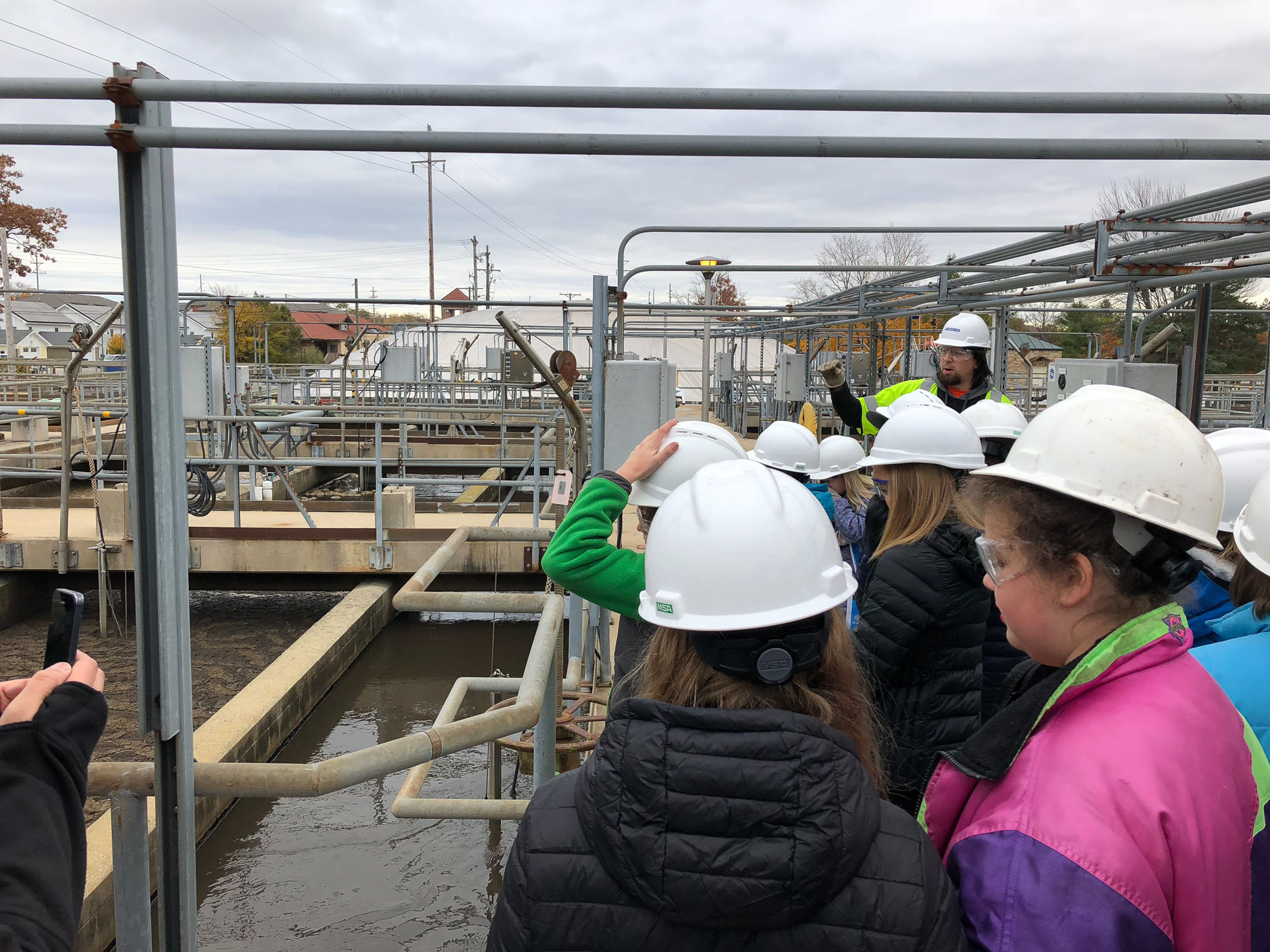Description
Students studied the impacts that chemical pollution is having or will have on the Great Lakes, groundwater, Lake Michigan, Grand Traverse Bay, and Kids Creek. Students also studied the impact prescription drugs are having on the Great Lakes on a particle level, or how household products are infiltrating groundwater on a particle level.
To exhibit what they learned, in teams, students created a variety of marketing campaign approaches such as websites, flyers, brochures, t-shirts, and social media postings to educate the public on the various pollutants that impact our water.
Content Standards
Science: Develop an understanding of the atomic composition of simple molecules and extended structures. Describe how the total number of atoms does not change in a chemical reaction and thus mass is conserved. Finally, students will also gather and make sense of information to describe that synthetic materials come from natural resources and impact society.
ELA: Students will write and produce a marketing plan to advocate on behalf of the environment and our drinking water supply. They will use persuasive and informative writing techniques to accomplish this. In addition, students will use research techniques to gather information from relevant sources.
Math: Students will learn about the slopes of lines by measuring volumes and masses of different water samples and calculating their densities. They will use slopes of lines to explore equivalent fractions, and they will learn the effect that the properties of a line have on its equation. They will also learn to use scientific notation to compare extremely large and extremely small numbers by exploring a shark’s sense of smell.
Student Reflection
When I learned that we would be learning about deadly water I was a bit skeptical about how entertaining the project would be. But when we started, I realized how interesting this project was. It was intriguing to learn how we were harming our water when we didn’t even realize it. When I saw all of the animals and life that had been destroyed it made me sickened. It was a wonderful thing to learn. It was amazing to create a project that could change people. Instead of just handing in a paper never to be seen again, we were making something that could be seen by people around the globe and could possibly persuade them to act. This project showed me how making a difference isn’t so hard. -Sam, 7th-grade student
